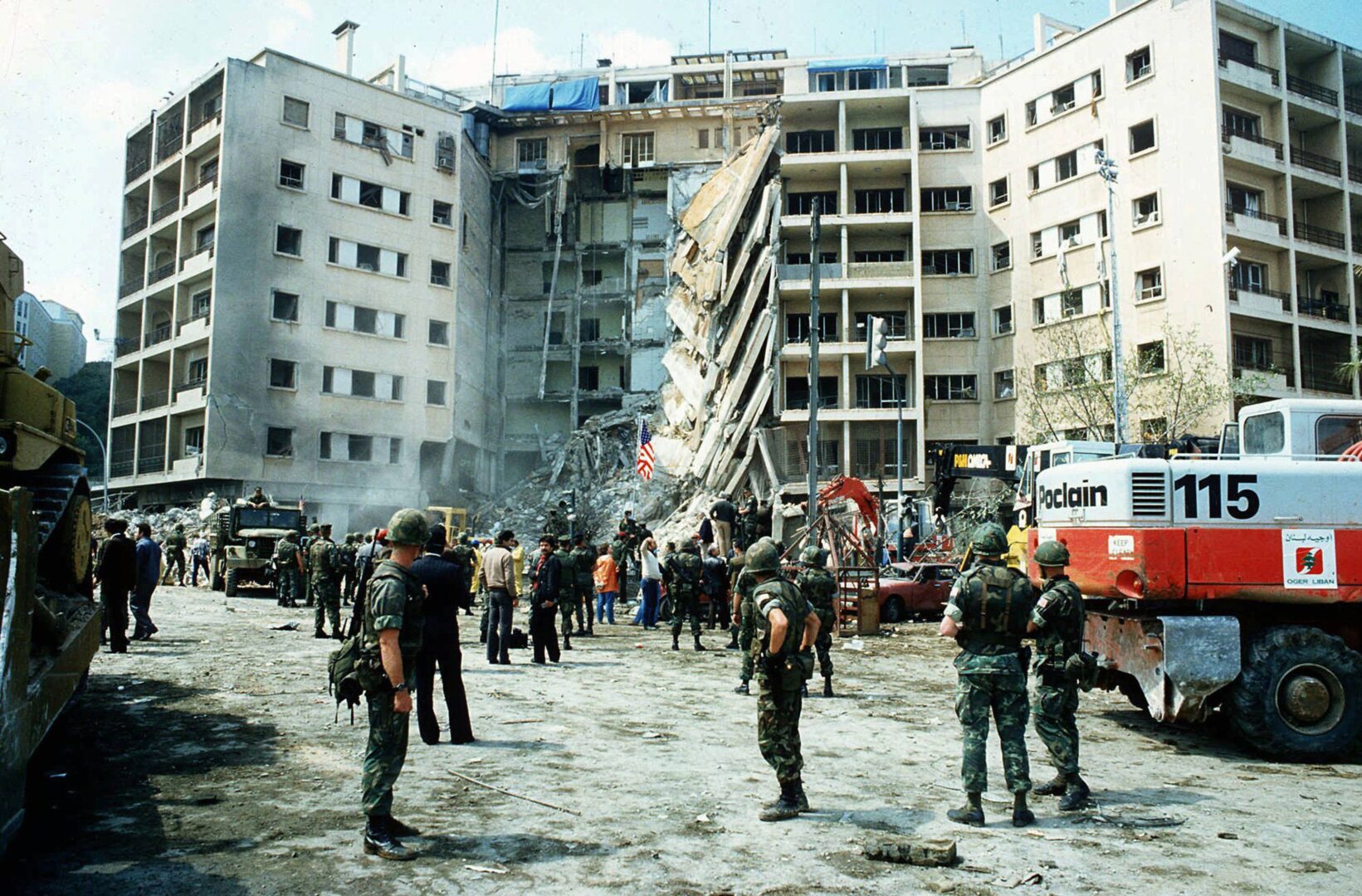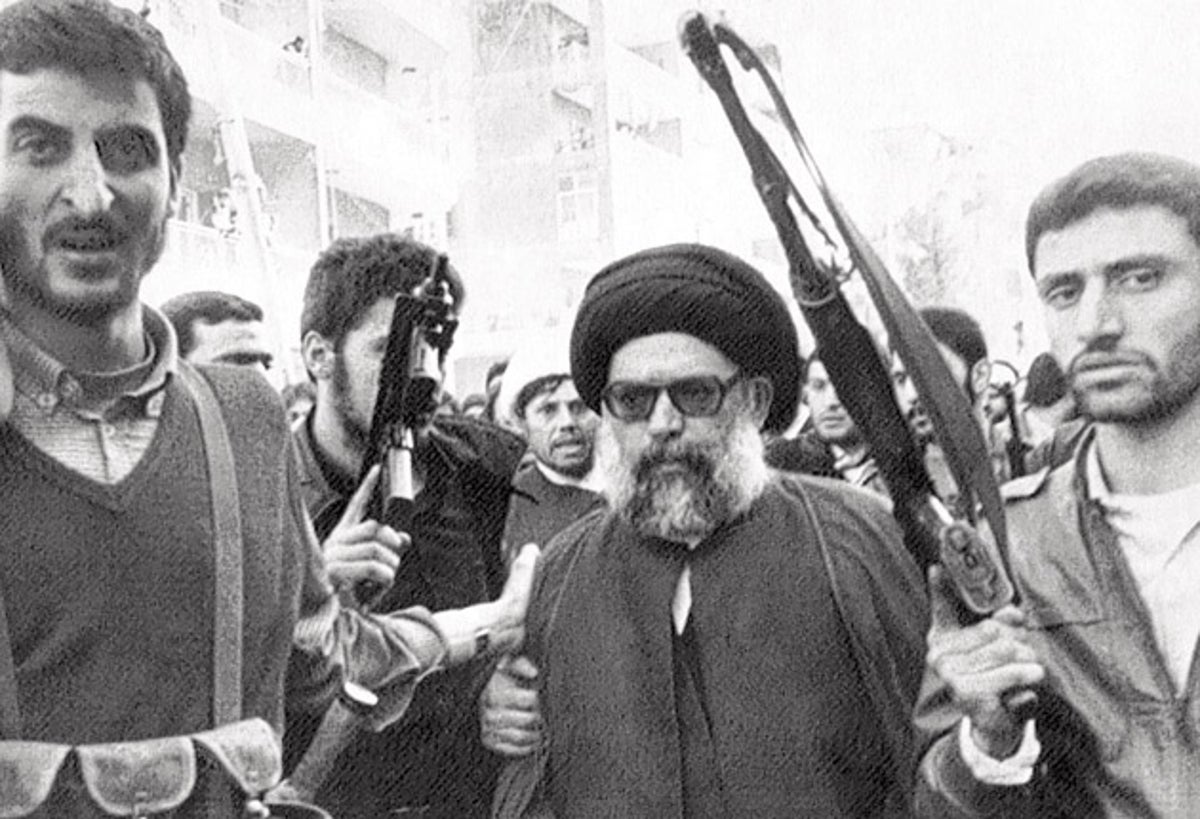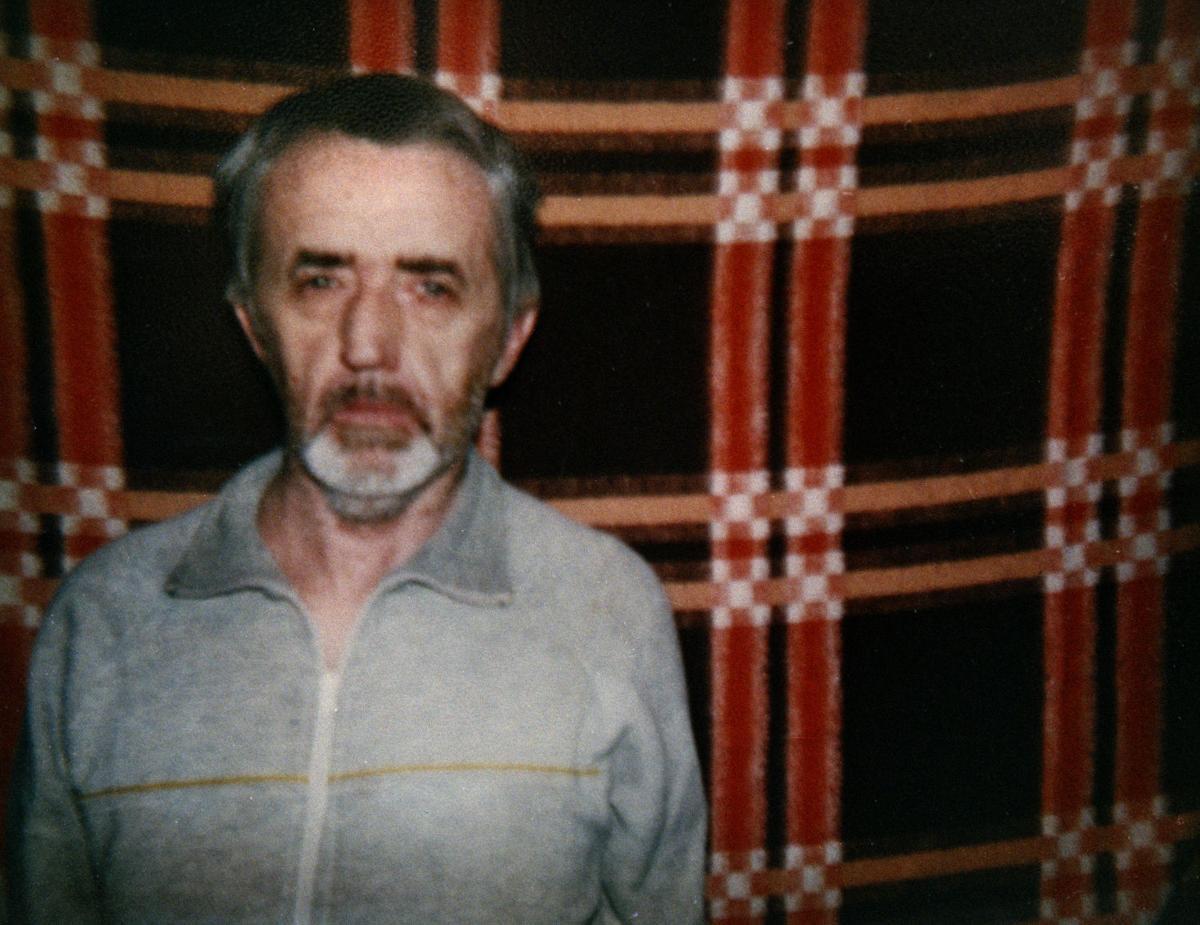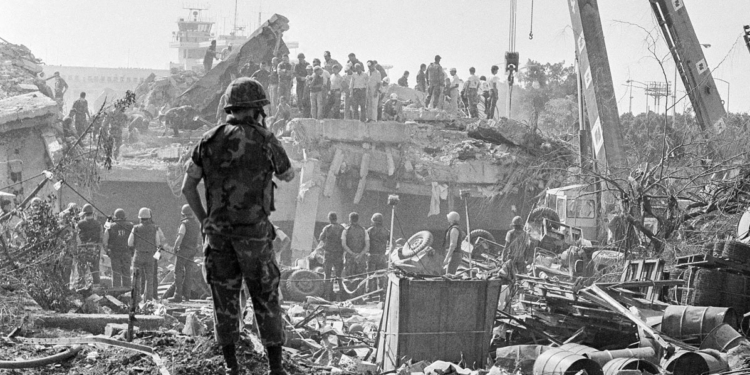Contents
- 1 The Beirut Barracks Bombing: A Catalyst for Action
- 2 Unveiling Hezbollah: A Network of Terror
- 3 RelatedPosts
- 4 Pope Francis’ Legacy: A Pope for the Poor, the Marginalized, and Global Unity
- 5 The Taliban Prison Uprising: How CIA Operatives Faced Chaos and Tragedy in the Hunt for Bin Laden
- 6 Operation Argo: The Daring CIA Rescue Mission Behind Enemy Lines
- 7 Failures, Complications, and a Shocking Mistake
- 8 The Aftermath and Lessons Learned
- 9 The Human Element: Heroes and Sacrifices
- 10 Summing Up: A Legacy of Vigilance
The early 1980s were a period of intense turmoil in the Middle East, particularly in Lebanon. Amidst the chaos, a series of devastating attacks against American forces revealed the presence of an organized and sophisticated enemy: Hezbollah. This blog post explores the covert CIA operations aimed at uncovering the masterminds behind these attacks, detailing their successes, failures, and the broader implications for national security.
The Beirut Barracks Bombing: A Catalyst for Action
The 1983 Beirut barracks bombing was one of the deadliest attacks on American forces, claiming over 200 lives. Initially, a shadowy group called Islamic Jihad claimed responsibility, leaving the CIA scrambling to identify the perpetrators.

The CIA’s Early Moves
CIA Director William Casey appointed agent Robert Baer to lead an intelligence-gathering mission in Beirut. Baer operated under extreme conditions, navigating the volatile streets of war-torn Lebanon. Using discreet methods, he uncovered that Islamic Jihad was not an isolated group but linked to emerging Shia resistance movements.

Although Baer’s efforts yielded critical insights, the group’s decentralized and familial structure made infiltration nearly impossible. Frustrated, Casey sought help from Israeli intelligence, who provided a key lead: a Syrian intelligence officer allegedly connected to Sheik Muhammad Hussein Fadlallah, a prominent Shiite militant.
Unveiling Hezbollah: A Network of Terror
As the CIA probed deeper, they discovered that Islamic Jihad was part of a larger Shiite militant network. This revelation led to the identification of Hezbollah, a group formed and funded by Iran to resist Western influence in Lebanon.
William Buckley’s Arrival in Beirut
In the aftermath of the attacks, William Buckley, a former commando with expertise in paramilitary operations, was sent to rebuild the CIA’s capabilities in Lebanon. Under Buckley’s leadership, the CIA trained Lebanese intelligence agents and mapped out Hezbollah’s organizational structure. However, Buckley’s efforts were cut short when he was kidnapped by Hezbollah, a devastating blow to U.S. intelligence.
Failures, Complications, and a Shocking Mistake
Amid the escalating violence, Casey advocated for the assassination of Sheik Muhammad Hussein Fadlallah, whom the CIA believed was leading Hezbollah. However, targeted assassinations were prohibited by law, forcing Casey to seek approval from President Reagan. When Reagan eventually authorized a covert operation, the CIA partnered with Saudi Arabia to execute the mission.

Reagan’s approval was not for an assassination, but for an unspecified covert operation—mainly geared towards intelligence gathering. The instrument used for authorization was a ‘finding’—a signed approval for an unspecified covert op.
The Botched Operation
The plan to assassinate Fadlallah involved a car bomb detonated outside his residence. A former British SAS officer coordinated the operation, using Lebanese agents to carry out the strike. Tragically, a timing error caused by an innocent bystander delayed the detonation, sparing Fadlallah but killing 83 civilians. It was later revealed that Fadlallah was not even the leader of Hezbollah—a catastrophic intelligence failure that tarnished the CIA’s reputation.
The Aftermath and Lessons Learned
The setbacks in Beirut galvanized the #CIA to reimagine its approach to #counterterrorism. Under Casey’s leadership, the agency established a Counterterrorism Center, uniting intelligence and operational teams to develop more effective strategies. This initiative laid the groundwork for modern counterterrorism efforts, including the development of drone technology.
The White House’s Role
Interfacing with the White House presented both opportunities and challenges. While Reagan’s eventual support allowed the CIA to take bold actions, the bureaucratic hurdles and legal constraints often delayed critical operations. The lack of clarity and coordination between the CIA and executive leadership highlighted systemic inefficiencies that undermined their effectiveness in Lebanon.
Related: The Taliban Prison Uprising: How CIA Operatives Faced Chaos and Tragedy in the Hunt for Bin Laden
The Human Element: Heroes and Sacrifices
Figures like Robert Baer and William Buckley demonstrated exceptional courage, working under harrowing conditions to protect American interests. Buckley’s tragic fate underscored the immense personal risks faced by operatives in the field. Despite their efforts, they were often constrained by flawed intelligence, limited resources, and the unpredictable nature of asymmetric warfare.

Summing Up: A Legacy of Vigilance
The CIA’s experience in Lebanon during the rise of Hezbollah was a sobering chapter in its history. While their efforts revealed critical intelligence and reshaped counterterrorism practices, they also exposed vulnerabilities that led to tragic consequences. These lessons continue to inform the agency’s mission, serving as a stark reminder of the complexities of confronting global terrorism.
Watch the Documentary ‘The Secret Story of How the CIA Fooled the World‘ below. Courtesy of Real Crime on YouTube. The documentary features this story and those of Operation Argo and The Taliban Prison Uprising.
Hezbollah remains a significant threat today, and the seeds of its rise, sown during the Lebanese Civil War, offer invaluable insights into the challenges of modern intelligence operations. The bravery of those involved, coupled with the hard-won lessons from their failures, serves as a testament to the relentless pursuit of national security.
Related: Operation Argo: The Daring CIA Rescue Mission Behind Enemy Lines
This article has been written with the help of A.I. for topic research and formulation.









